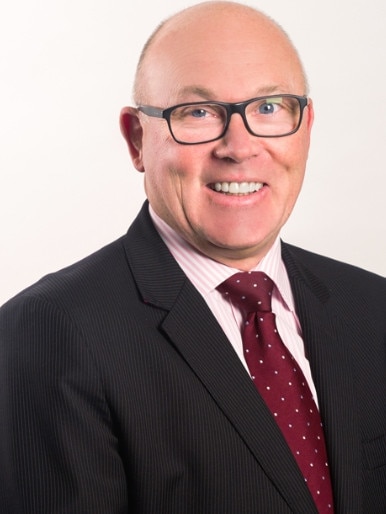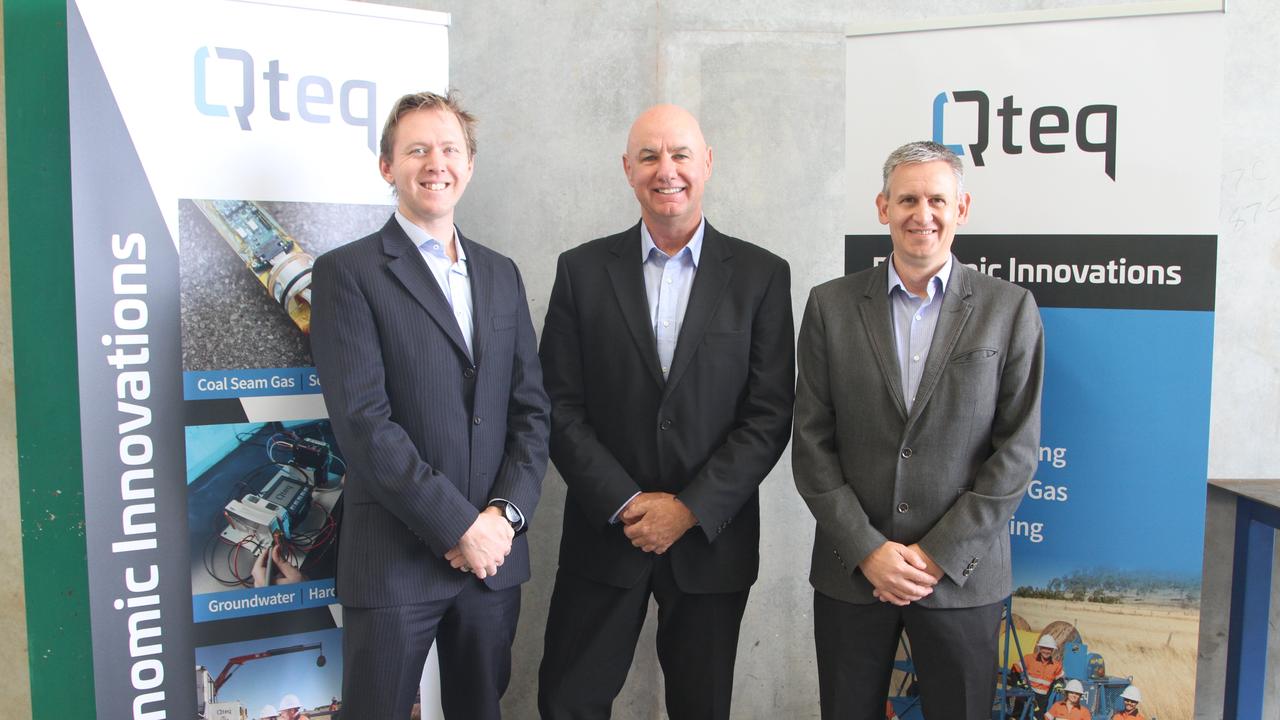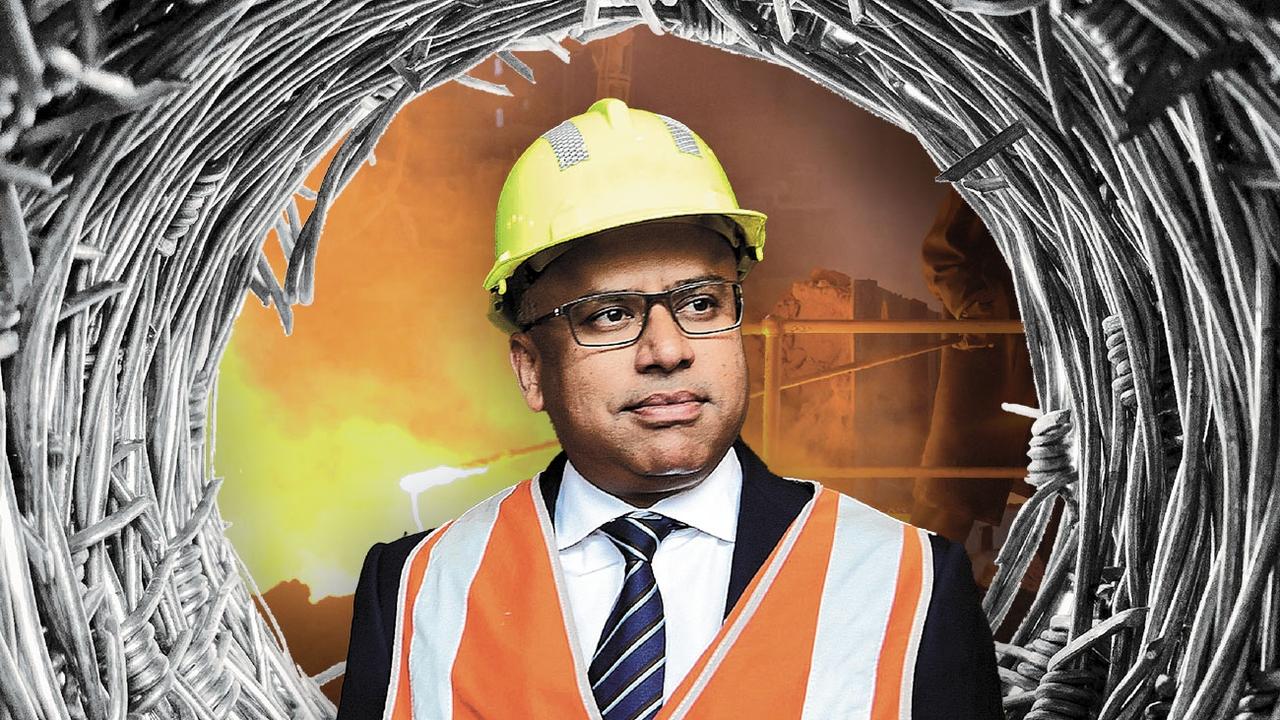Cost-of-living pressures push patients from private to public hospitals: Ramsay
Ramsay Health Care says there has been a significant increase in privately-insured patients opting to have surgery in the public system as cost-of-living pressures bite.

Privately-insured patients are avoiding having surgery in private hospitals, preferring to be treated in public hospitals in a bid to avoid gap payments, Ramsay Health Care says, in a sign that cost-of-living pressures are hitting hard.
The global hospitals operator’s managing director Craig McNally also said cost inflation is eroding its margins in Australia and other jurisdictions, with the amount it is paid by private insurers is not keeping pace.
“We have made some progress with private sector payors on tariff indexation, however tariffs from payors remain out of touch with cost inflation,’’ Mr McNally said.
Mr McNally has previously said the private hospitals sector was suffering more than he’d ever experienced in his three decade-plus career, and reiterated on Friday that significant reform was needed to reset the balance between the cost base for operators and what they are paid by private health insurers.
Health Minister Mark Butler is overseeing a review of the private hospital sector, with operators such as Ramsay meeting with top health bureaucrats in Canberra last week for high-level talks about what any reform could look like.
One of the options on the table is a “national efficient price’’ that would set a baseline price for services – a structure that is already used on a state-by-state basis in the public system.
Mr McNally said on Friday that bringing in that pricing model in Victoria alone took five years, indicating the complexity of trying to do it nationally, which he said would be unworkable.
Mr McNally said given the timelines involved, even if that model were pursued, it would do nothing to help private hospital operators which were suffering now.

“So you then look at the national efficient price – if it’s based on a cost base, the cost base includes the cost of operating for inefficient operators, and so elevates the cost base and all the benefit will be paid to efficient operators,’’ he said.
“So in theory, a national efficient price – if we regard ourselves as an efficient operator in the sector – and it’s calculated on what the cost for the sector is, we would do better out of it.
“But I think it’s so difficult to implement, and it doesn’t address what are the issues in the industry now.
“The issues in the industry now are really about that shift in profitability and margin from the hospital sector to the insurance sector.
“That’s what needs to be reversed. And I don’t think a national efficient price does that.’’
Ramsay’s chief financial officer Martyn Roberts said the company had observed a large swing to patients in Australia opting to go to public instead of using private hospitals, as a direct result of cost-of-living pressures.
“What we’re seeing as cost of living starts to bite in the Australian economy, people choosing to avoid surgeries in the private sector, mainly due to the out of pocket the specialists are charging,’’ Mr Roberts said.
“We’ve seen quite a double digit increase in private activity in public hospitals, I think, which also gives you a data point to say that some people are choosing, even if they’ve got private insurance, to go to the public system to avoid those out of pocket.’’
Mr McNally said inflation across all of Ramsay’s operations had been a headwind for the company.
“Margin recovery has been slowed by the significant cost inflation impacting the private hospital industry over the last few years,’’ he said.
“Wage inflation exceeding expectations remains a critical risk.
“Tariff outcomes for the UK and France from 1st April and 1st March 2024, respectively, were well below recent inflation levels making earnings growth in both markets challenging in FY25.
“A united effort by the private hospital sector in France has resulted in a further increase in tariff indexation from 1st July 2024.
“We continue to work with both public and private payors to advocate for tariffs that reflect the cumulative impact of inflation on the cost base over the last few years as well as inflation moving forward.’’
Ramsay on Friday turned in an annual profit from continuing operations of $270.6m, down 2.7 per cent, on revenue of $16.66bn, up 11.3 per cent.
The statutory net profit was $888.7m, which included $618m from the sale of the company’s Asian joint venture Ramsay Sime Darby.
Ramsay will pay a fully franked final dividend of 40c per share, up significantly from the 25c paid for the same period the previous year.
Mr McNally said patient activity was forecast to grow in the 2025 financial year, albeit slower than in FY24.
“We expect NPAT from continuing operations to increase,’’ Mr McNally said.
“Margin recovery will be impacted by further investment in business enablement, particularly in digital and data programs in Australia, and the ongoing gap between wage inflation and tariff indexation most notably in the UK and Europe.’’
UBS analysts said Ramsay’s revenue was in line with expectations but costs were “very stubborn’’.
“We think lower activity growth guide is likely to lead to some questions given 4-5 per cent consenus revenue growth expectation and volume growth now looking like no more than about 3 per cent with reimbursement headwinds still a problem,’’ UBS said.
Ramsay shares were down almost 8 per cent to $41.16 by late morning.




To join the conversation, please log in. Don't have an account? Register
Join the conversation, you are commenting as Logout